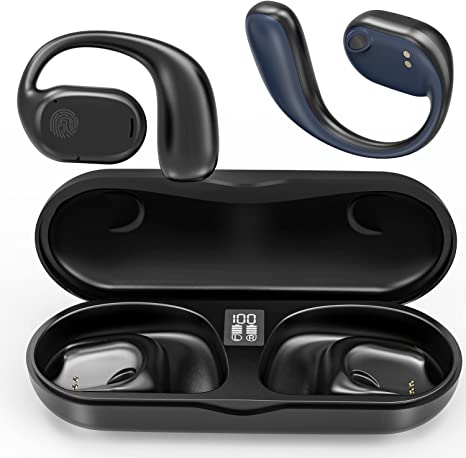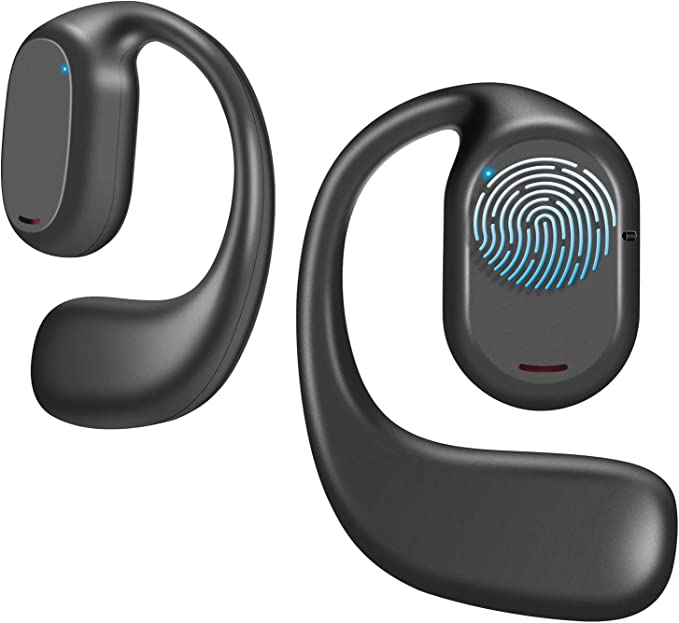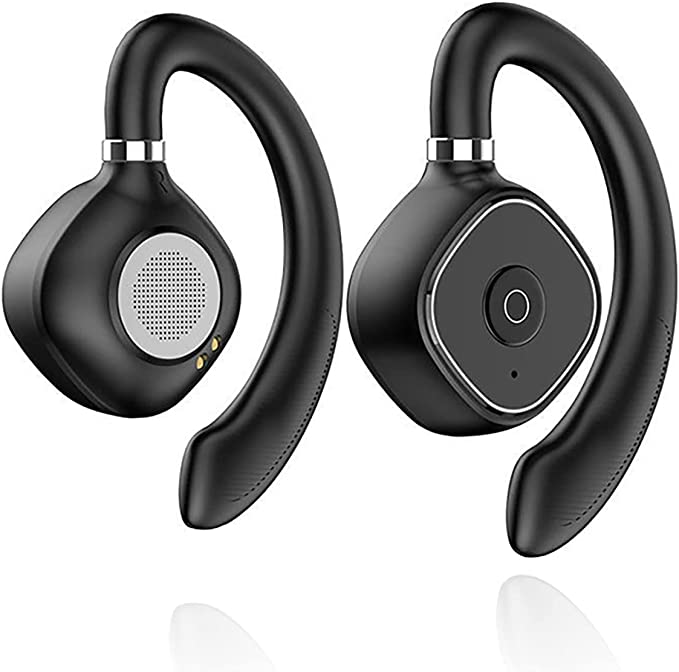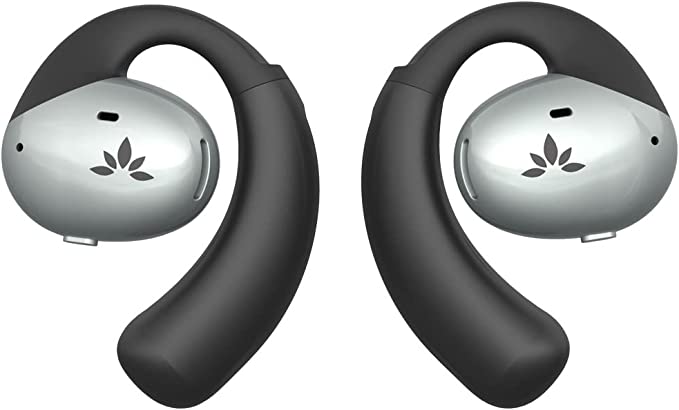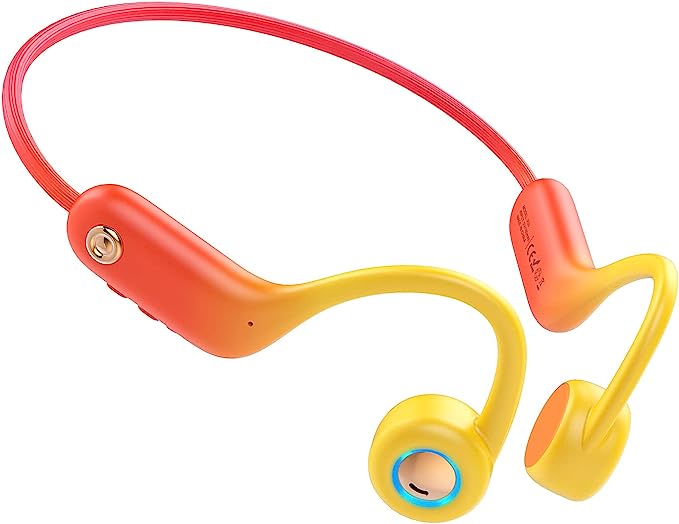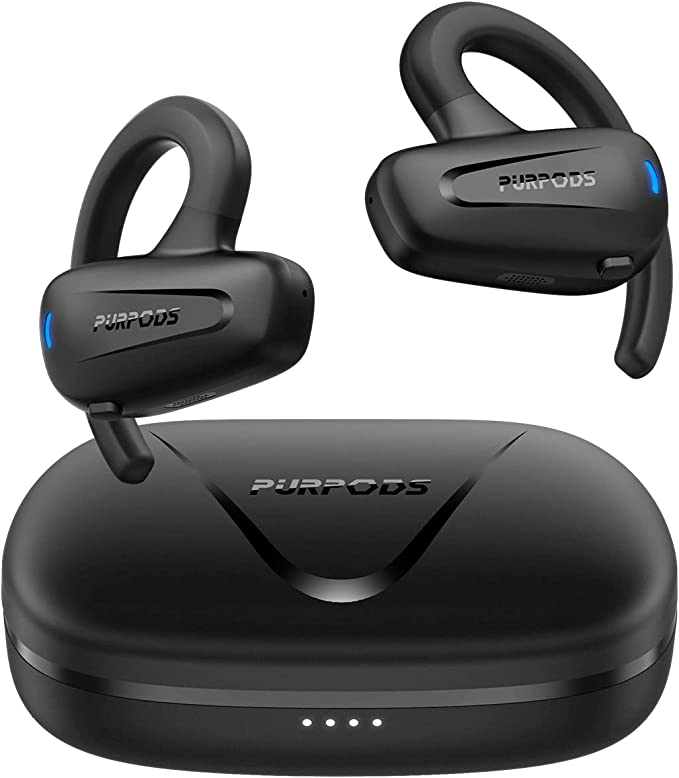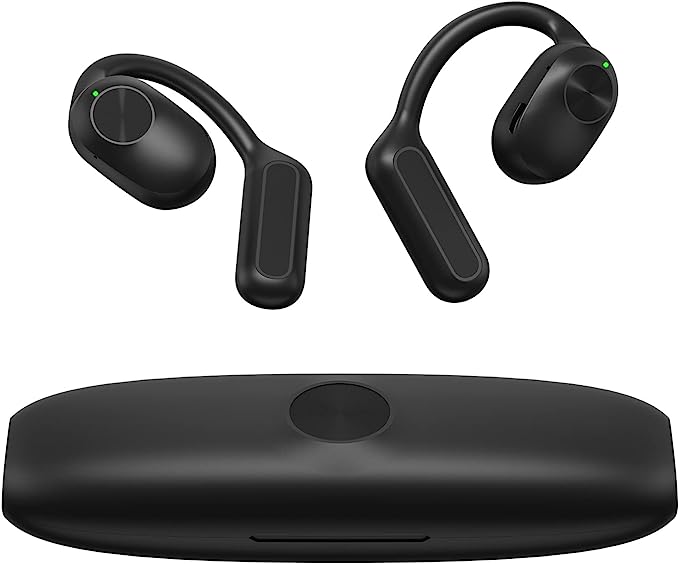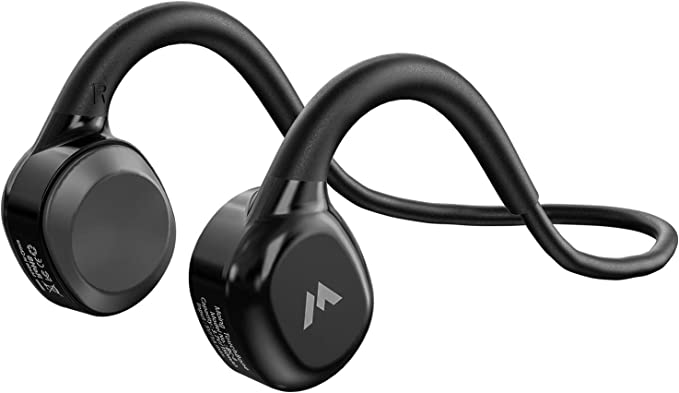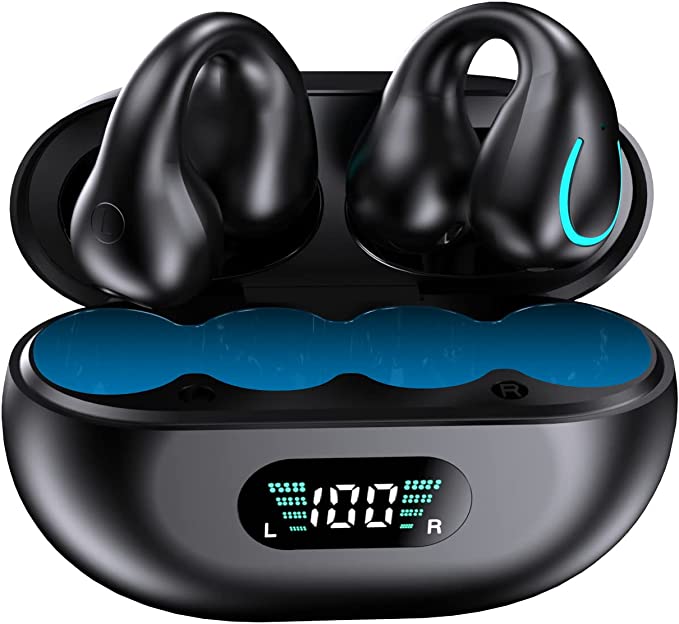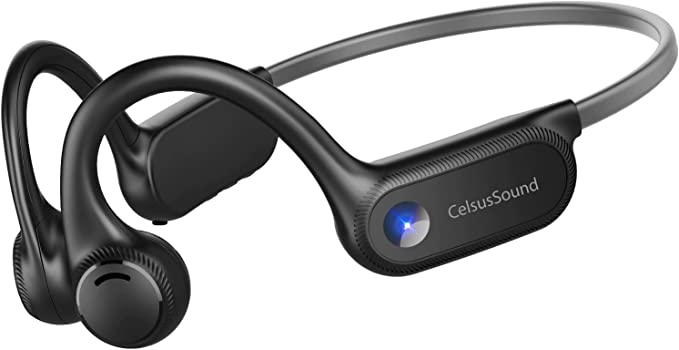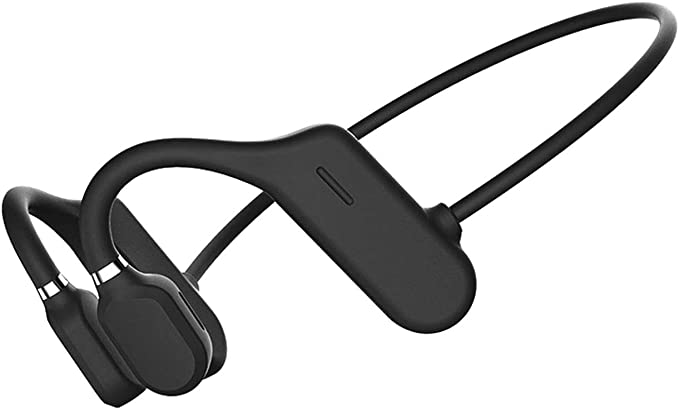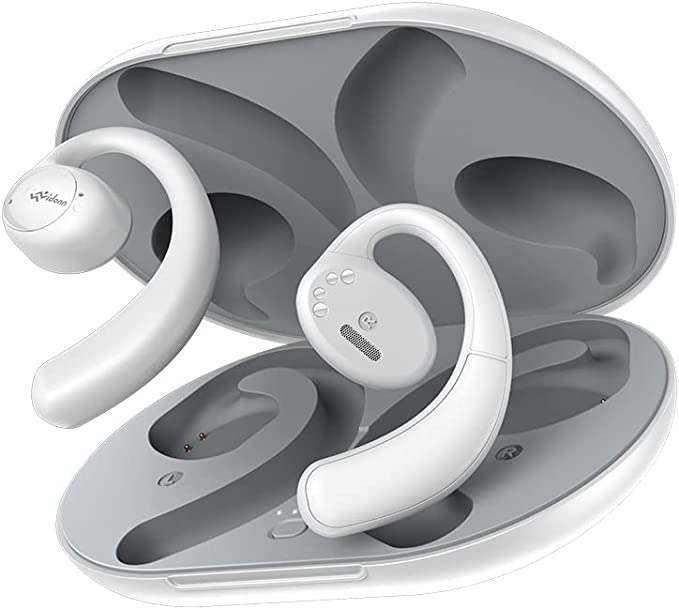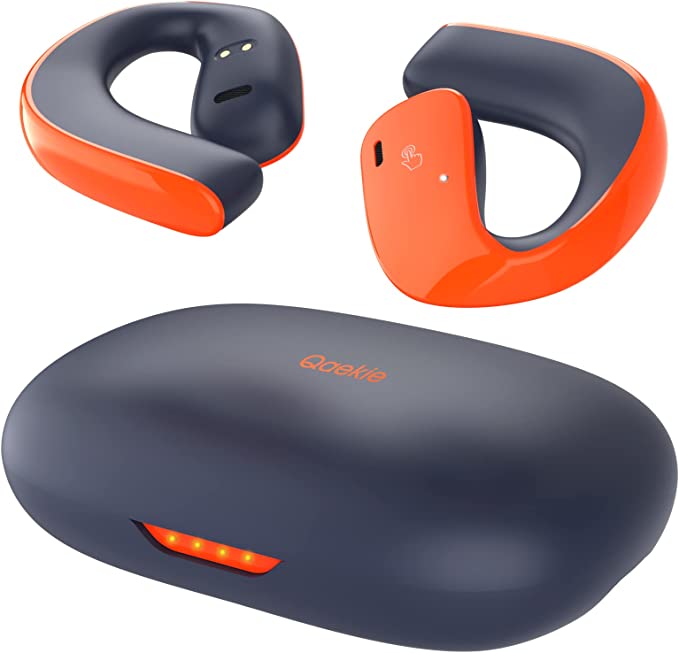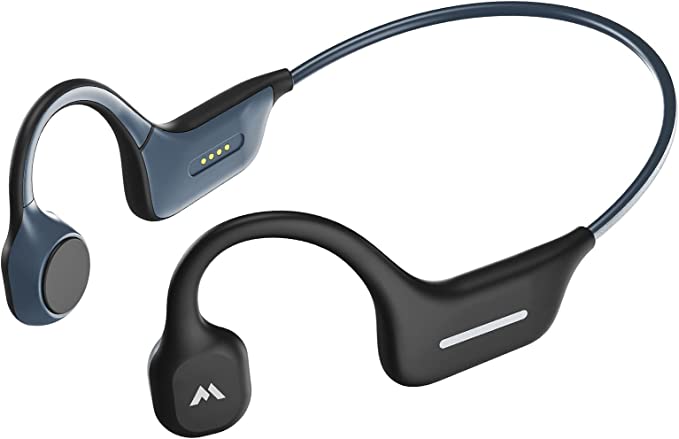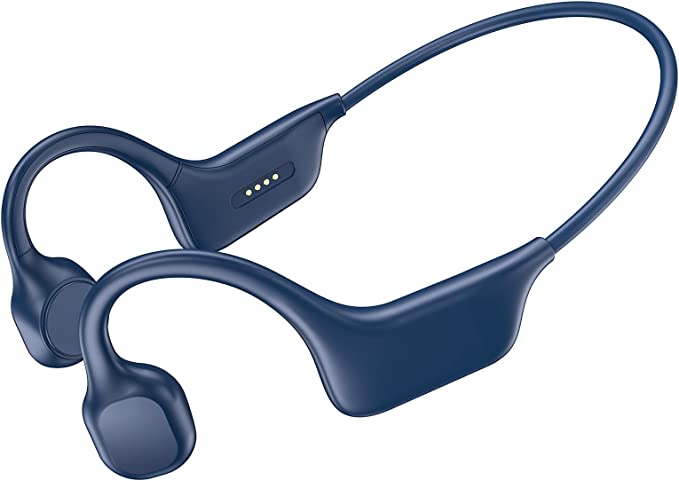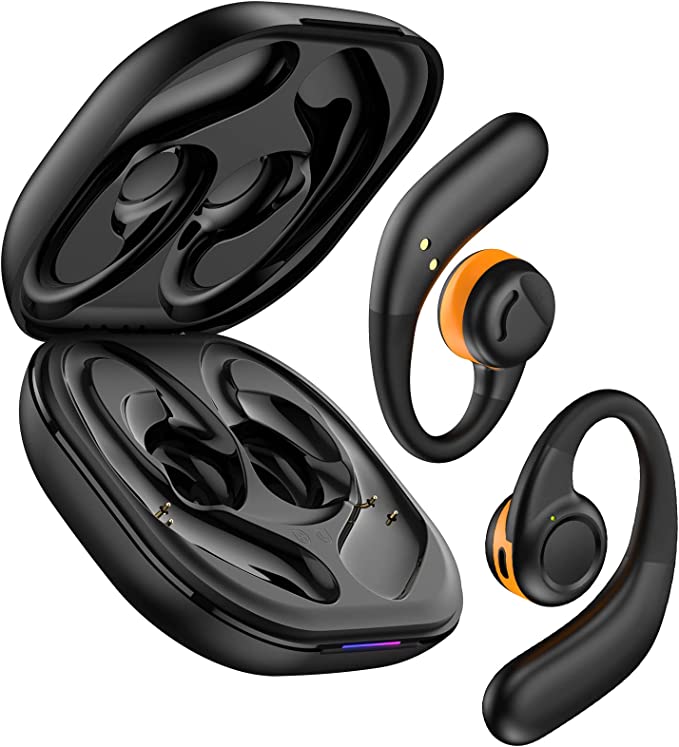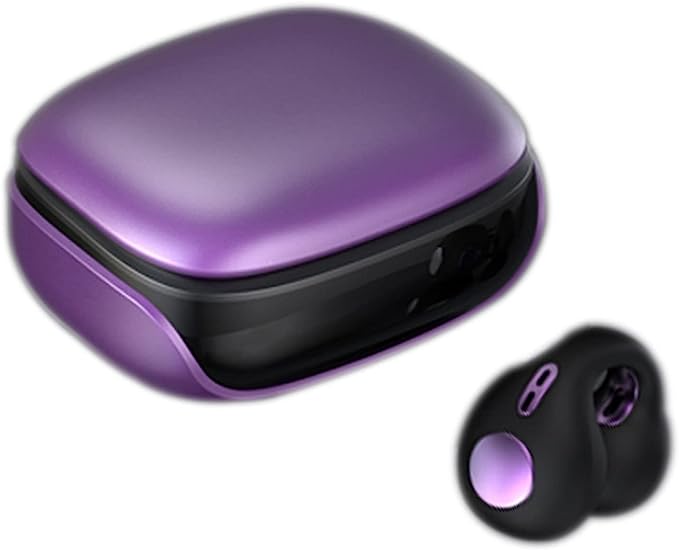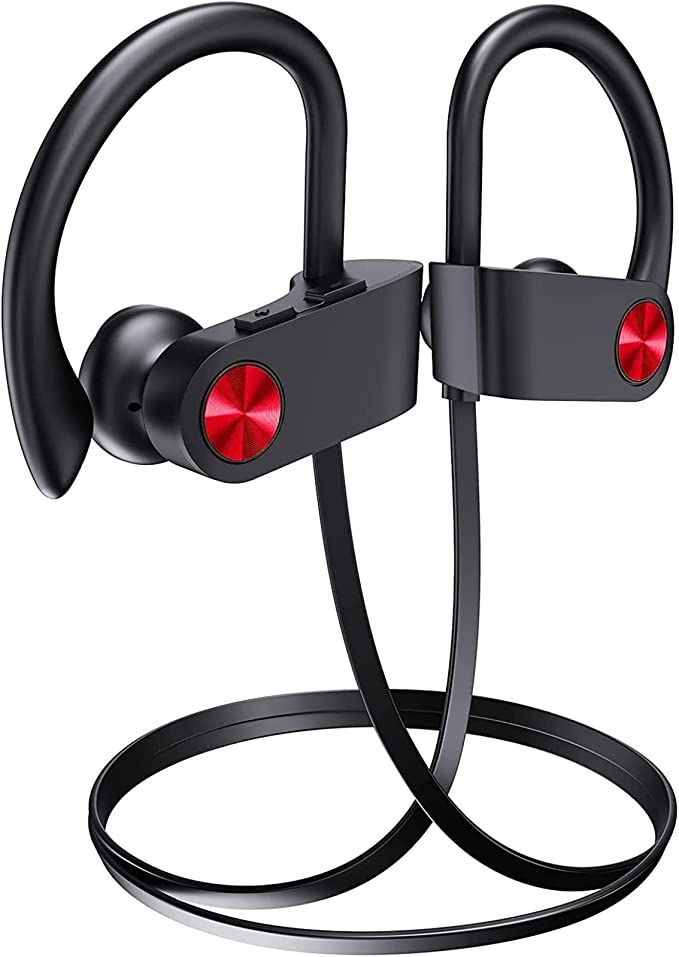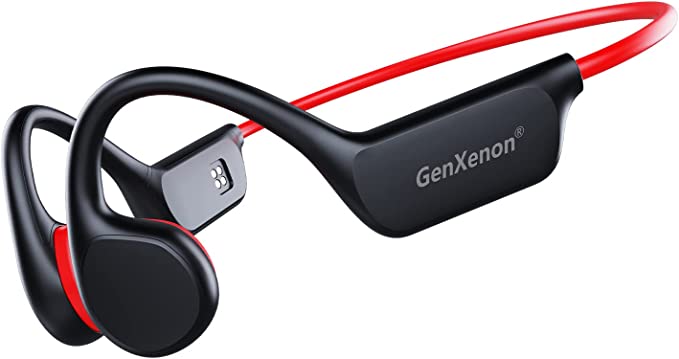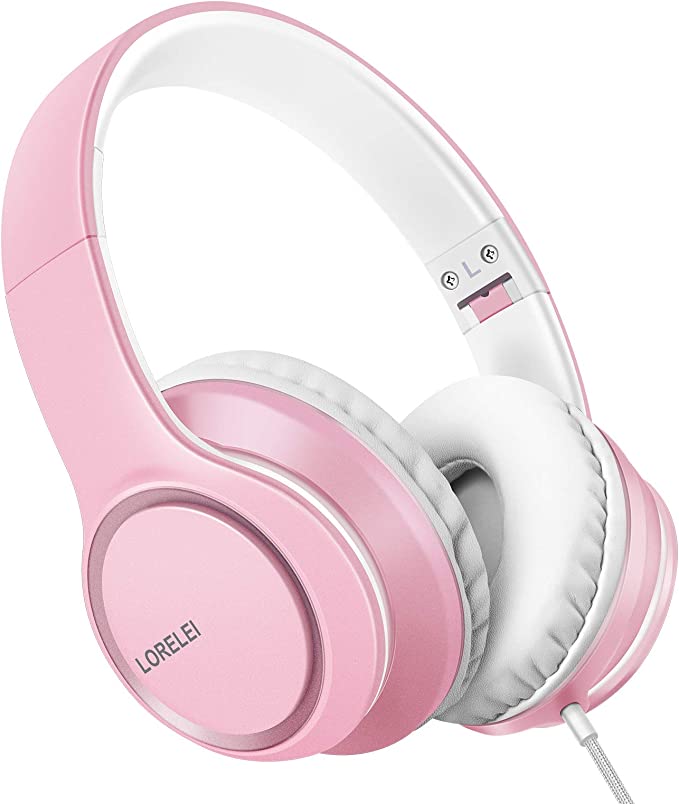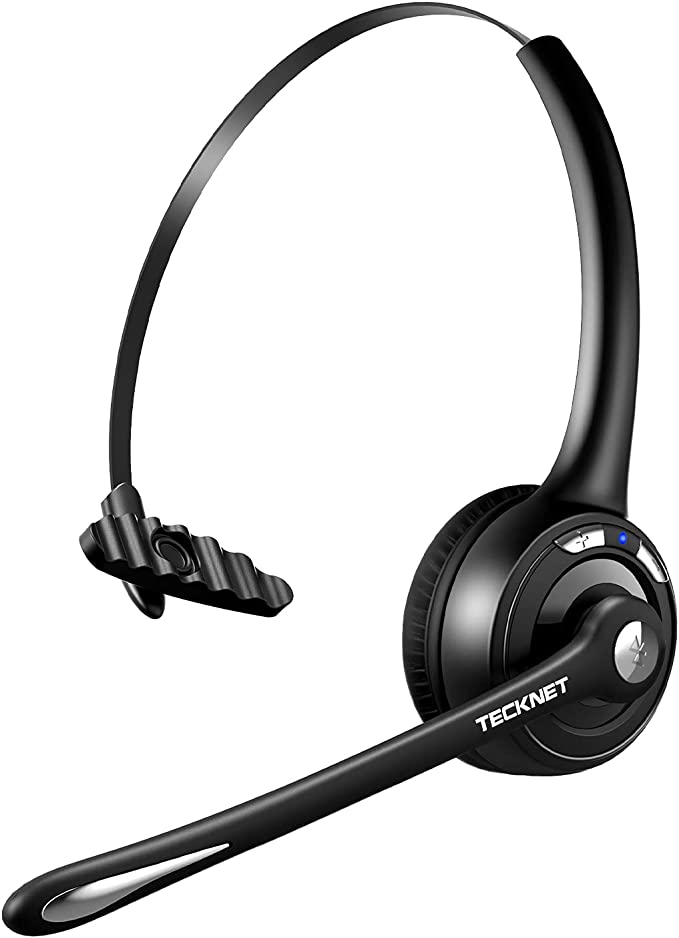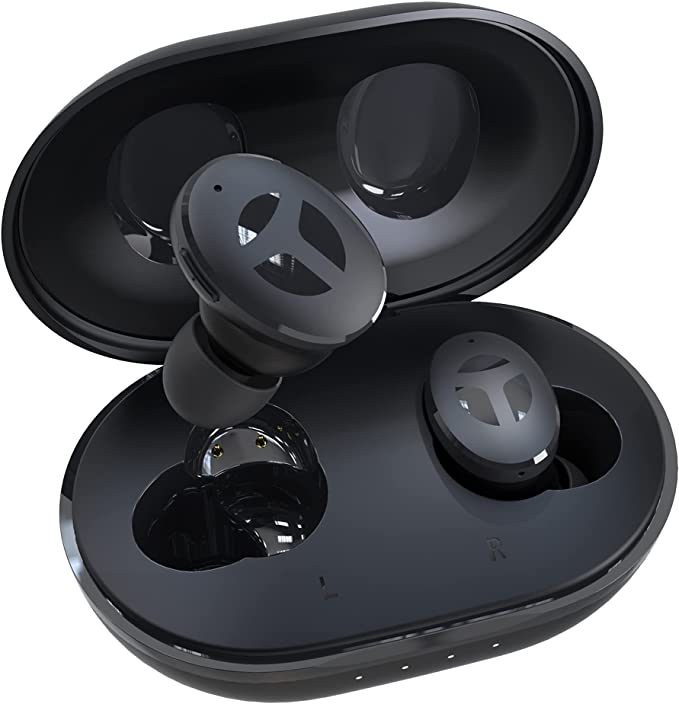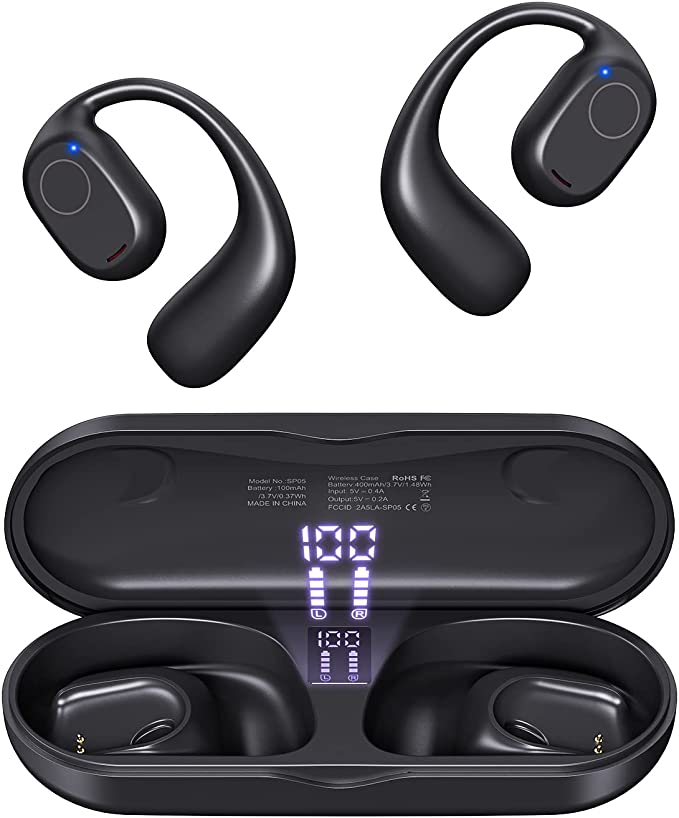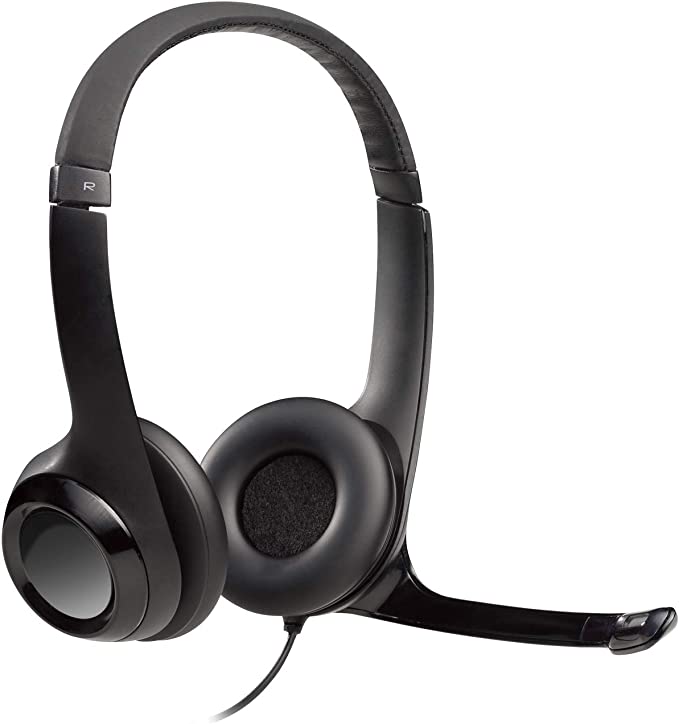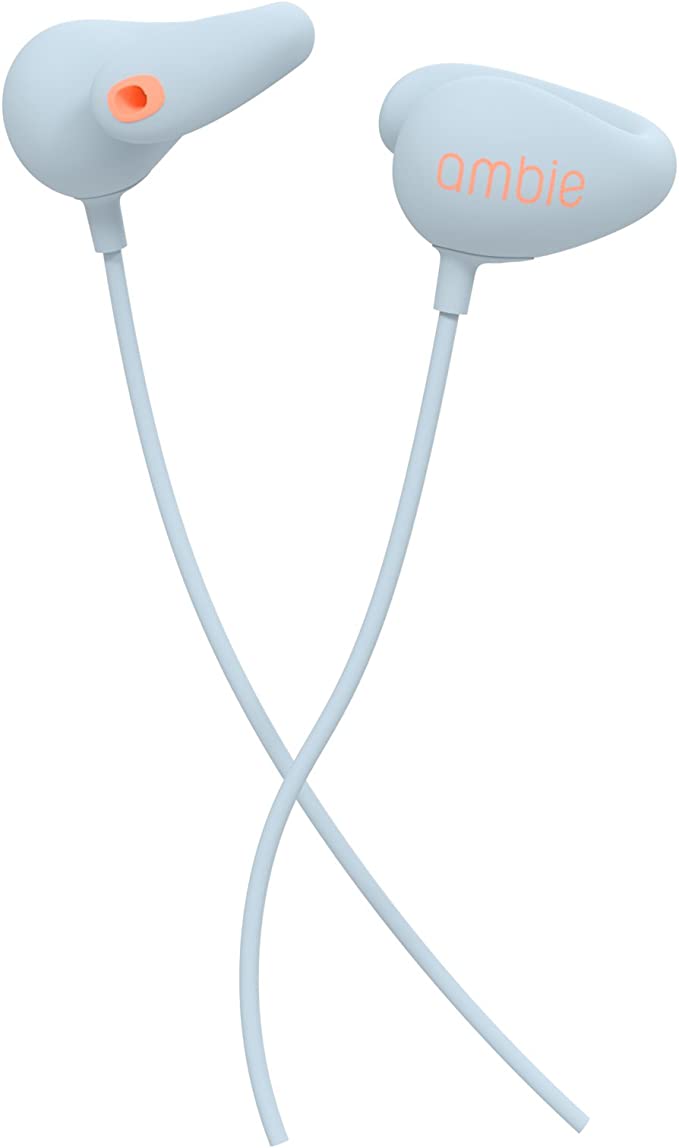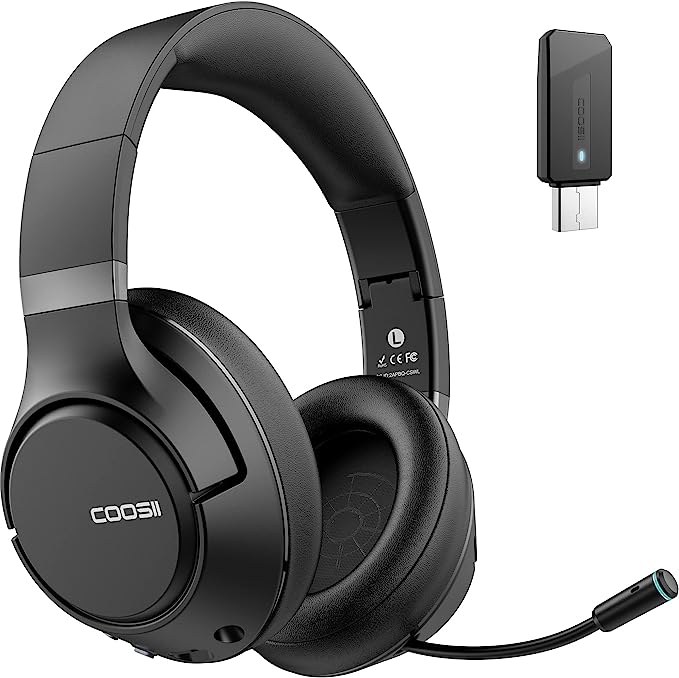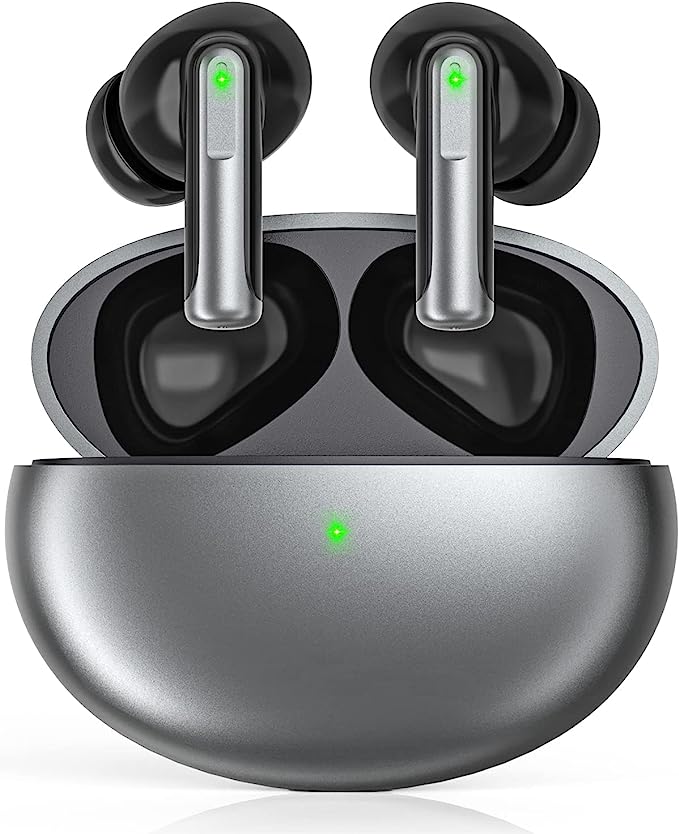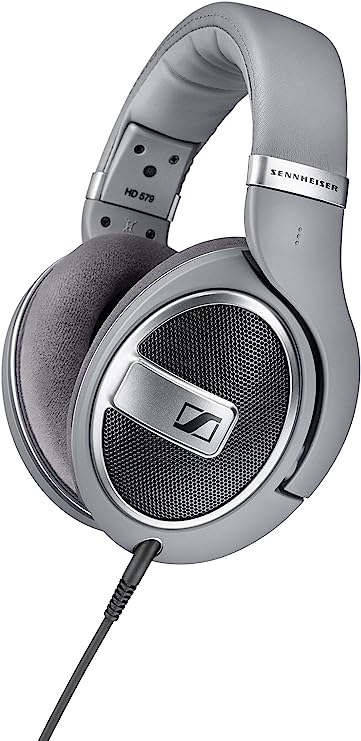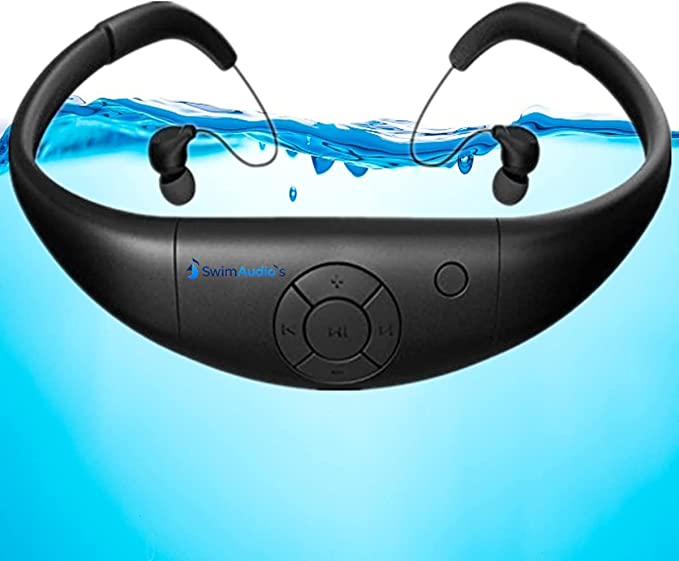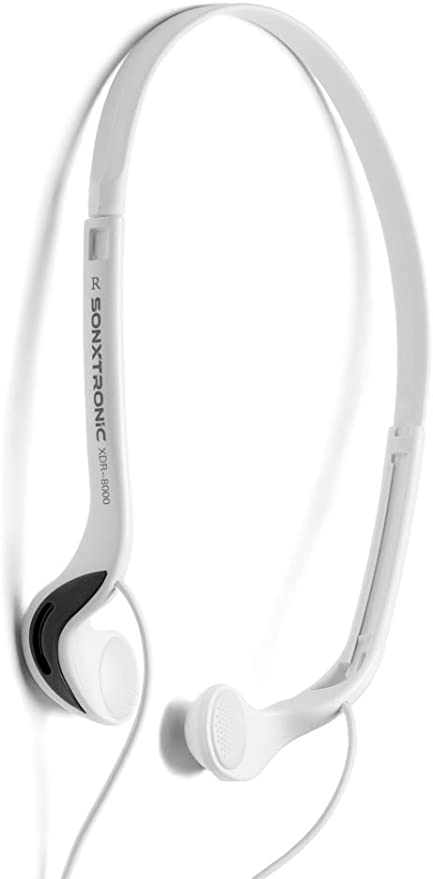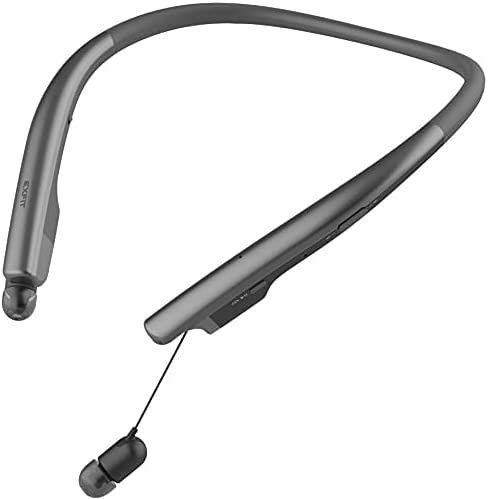TOZO T13120 OpenReal Open Ear Headphones - Groove in Style
Update on July 3, 2025, 8:29 a.m.
Picture it: 1982. A teenager strolls down the street, crowned with a pair of bright orange foam headphones tethered to the Sony Walkman clipped to their belt. They are adrift in their own world, a private universe of tinny rock anthems, completely oblivious to the city’s symphony around them—the chatter of pedestrians, the rumble of a passing bus, the distant wail of a siren. This was the dawn of personal audio, and its promise was simple yet profound: escape. It was about building a wall of sound between you and the world.
For decades, that philosophy reigned. We engineered headphones to be better walls—thicker padding, tighter seals, and eventually, active noise cancellation that could digitally erase the outside world. But a subtle shift has been occurring. In our hyper-connected, always-on lives, complete isolation is no longer the ultimate luxury. We now crave a different kind of freedom: the freedom to be present. We want to hear the podcast and the barista, the playlist and the bicycle bell, the conference call and the doorbell. This is the quest for Auditory Transparency, and it has led to the rise of the “un-headphone”—devices like the TOZO OpenReal, which use a fascinating branch of physics to tear down the wall of sound and open a window instead.

The Architecture of Awareness: Designing an Open Window for Your Ears
At its core, the TOZO OpenReal is built on a simple premise: your ear canal should remain unoccupied. Instead of plugging it like a cork in a bottle, the device rests lightly on the outside of your ear. This immediately eliminates the physical pressure and fatigue that can make traditional earbuds uncomfortable over long periods. But the real magic lies in how it delivers sound across this open space. It employs a technology known as Air Conduction.
If that sounds complex, it’s not. In fact, you’re using it right now. Air conduction is the most natural form of hearing that exists. It’s simply the process of sound waves traveling through the air, entering your ear, and being processed by your eardrum. What the OpenReal does is create a miniature, highly controlled version of this. It uses precisely angled speakers to channel a focused beam of sound directly toward your ear canal. Think of it less like a sealed soundproof room and more like opening a window just enough to let in a beautiful melody without being overwhelmed by the noise of the street.
This is a critical distinction from its more famous cousin, bone conduction. Bone conduction technology bypasses the eardrum entirely, sending vibrations through the bones of your skull directly to your inner ear. While a clever solution, it can sometimes feel alien—a tangible buzzing on your cheekbones—and can alter the natural timbre of music. By using the air itself as the medium, air conduction headphones aim for a sound that feels more organic and familiar, all while preserving that crucial connection to your surroundings. You hear both your music and the world through the same natural pathway.

The Heartbeat of the Music: The Challenge of Open-Air Acoustics
Of course, opening that auditory window presents a significant engineering puzzle. In a sealed in-ear headphone, it’s relatively easy to generate powerful bass; the trapped air has nowhere else to go, creating sound pressure. But in an open design, bass frequencies, which have long wavelengths, tend to dissipate into the environment. How do you create a rich, full-bodied sound when the room has no walls?
The answer lies in moving more air. The OpenReal tackles this with a pair of impressively large 16.2mm dynamic drivers. To understand why size matters here, think of a home stereo system. The tiny tweeter produces high-pitched sounds, but it’s the large, thumping woofer that handles the bass. That woofer is big because it needs a larger surface area (the diaphragm) to push a greater volume of air, creating sound waves powerful enough for you to not just hear, but sometimes even feel. Similarly, the oversized 16.2mm driver in these headphones is designed to compensate for the open environment. It works harder to generate robust, resonant low-end frequencies, ensuring that your music doesn’t sound thin or hollow, a common complaint with other open-ear designs. It’s a brute-force solution rooted in the simple physics of acoustics, designed to give your music its heartbeat back.

The Art of the Bouncer: Isolating Voice in a Crowded World
While designed to let the world in, there is one time you absolutely want to filter it out: during a phone call. Not for you, but for the person on the other end. This is where the device’s Dual-Mic Environmental Noise Cancellation (ENC) comes into play, and the best way to understand it is to imagine a bouncer at an exclusive club.

Your voice is the VIP guest. One microphone is positioned to capture it with pristine clarity. The cacophony of your surroundings—the clatter of keyboards, the roar of traffic, the chatter of a café—is the noisy crowd trying to crash the party. A second, outward-facing microphone is dedicated to listening to this ambient crowd.
An intelligent algorithm acts as the bouncer. It constantly compares the signals from both microphones. By identifying the sound patterns that are present in the “crowd” mic but not in the “voice” mic, it recognizes them as unwanted noise. Then, in a feat of real-time signal processing, it generates an exact anti-noise signal—a sound wave that is a perfect mirror image of the noise. When the noise and the anti-noise wave meet, they cancel each other out in a process known as phase cancellation. The bouncer has effectively blocked the crowd at the door, ensuring only your VIP voice gets through. This is the science that allows you to have a clear, professional conversation, even when your environment is anything but.

The Sound of Reality, Remastered
From the orange foam of the Walkman to the invisible sound beams of today, our relationship with personal audio has completed a fascinating circle. We started by building walls to escape reality. Now, we are crafting windows to enhance it. Technologies like the IPX8 water resistance—a rating that signifies protection against prolonged immersion—are not just specs on a sheet; they are licenses to embrace the unpredictability of the world, to run in the rain, to sweat without fear. The 16-hour battery life isn’t just a number; it’s the reliability to carry your personal soundtrack through an entire day’s journey without interruption.

The true innovation of the TOZO OpenReal and the air conduction philosophy is not about creating a better escape. It’s about providing a better, more seamlessly integrated reality. It’s the subtle art of remastering your life’s soundscape, allowing you to layer your favorite music or most important conversations over the rich, detailed, and often beautiful symphony of the world around you. This is the future of listening: not a replacement for reality, but a soundtrack for it.
